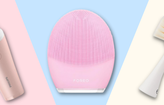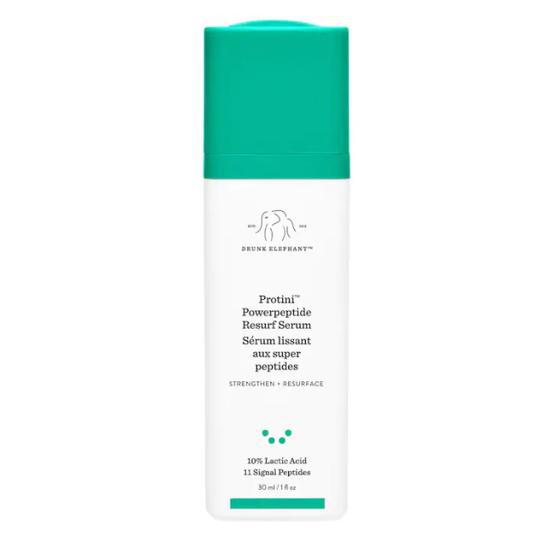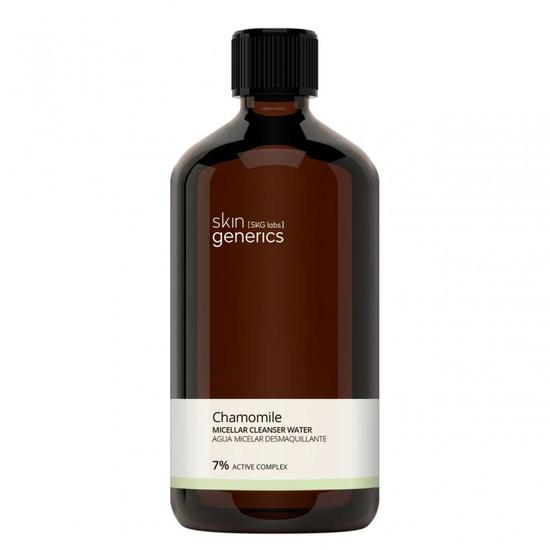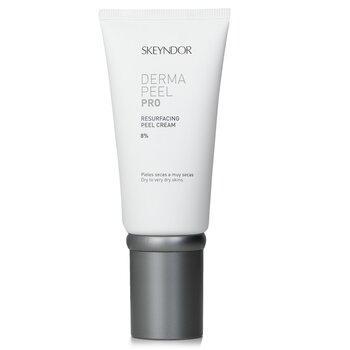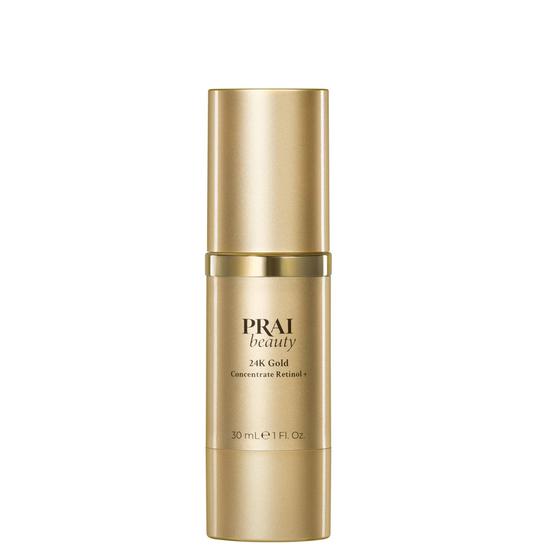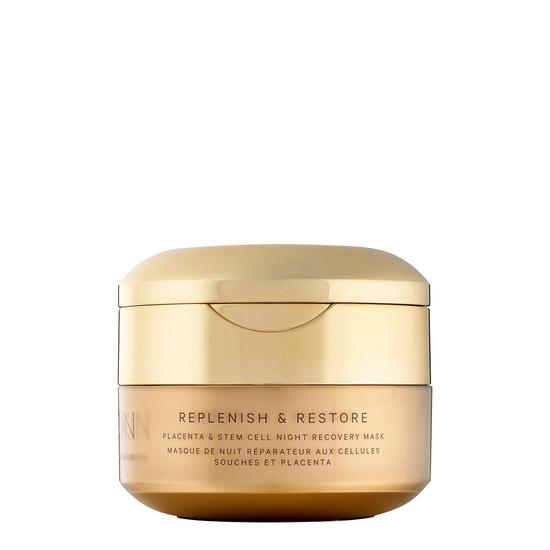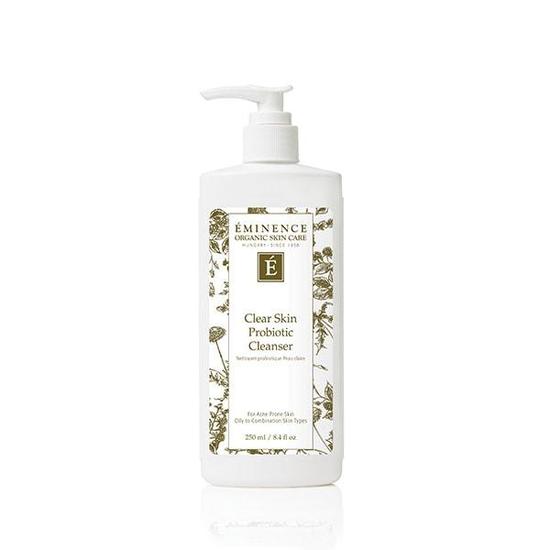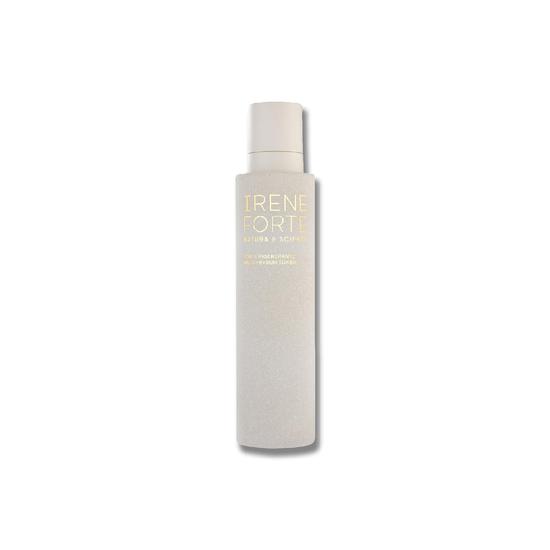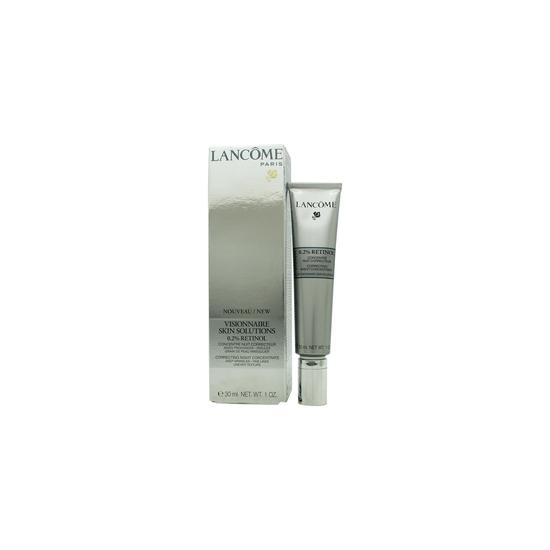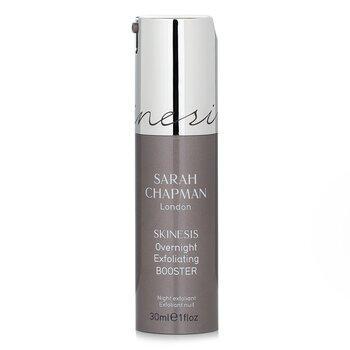
- Skin
- Lactic Acid With Retinol
Can You Use Lactic Acid With Retinol?

Lactic acid and retinol are two of the most effective ingredients for refining skin texture, improving radiance, and reducing signs of ageing. Retinol boosts cell turnover and collagen production, while lactic acid gently exfoliates the skin’s surface to reveal smoother, softer skin. When used properly, they can work together to visibly transform your complexion.
Can You Use Lactic Acid With Retinol?
Proceed with caution—not usually in the same routine unless your skin is well-trained and tolerant.
As both are active and potentially sensitising—especially during the first few weeks of use—it’s essential to introduce them with care. Using both at once may overwhelm your skin and compromise your barrier. With the right schedule, however, this combo can offer glow, clarity, and refinement without irritation.
Both retinol and lactic acid promote cell turnover, which can lead to increased sensitivity when used together. Lactic acid exfoliates the surface of the skin, while retinol works from within. Combined in the same routine, especially for beginners, they can lead to over-exfoliation, dryness, redness, and barrier disruption.
👉 Already know the benefits of each ingredient?
Jump To Routine
What does lactic acid do for your skin?
Lactic acid is an alpha hydroxy acid (AHA) derived from milk or synthetically made. It exfoliates by loosening the bonds between dead skin cells on the skin’s surface, making them easier to shed. Compared to glycolic acid, lactic acid has a larger molecular size, which means it penetrates more slowly and is often better tolerated—especially by dry or sensitive skin.
In addition to exfoliating, lactic acid has mild humectant properties, helping to draw water into the skin and support hydration.
Key benefits of lactic acid:
- Gently exfoliates: Removes dead skin to smooth rough patches.
- Brightens complexion: Fades dark spots and promotes radiance.
- Improves skin texture: Softens fine lines and boosts overall smoothness.
- Boosts product absorption: Preps skin for better uptake of serums and moisturisers.
- Hydrating effects: Helps improve moisture retention with regular use.
Best for:
- Dry or sensitive skin types
- Dull, flaky, or rough skin
- Mild pigmentation and texture issues
- First-time acid users
Lactic acid is commonly found in concentrations from 5% to 10% and can be used a few nights a week or daily depending on your skin's needs.
What does retinol do for your skin?
Retinol is a vitamin A derivative and one of the most well-researched ingredients for anti-ageing, acne, and skin renewal. It speeds up cell turnover, stimulates collagen production, and helps reduce the appearance of fine lines, pigmentation, and blemishes.
Because retinol acts deeper in the skin than AHAs, its benefits are long-lasting—but so are its potential side effects. Many people experience dryness, peeling, or purging when first introducing retinol into their routine.
Key benefits of retinol:
- Accelerates cell turnover: Helps renew skin for smoother texture and tone.
- Fades pigmentation: Lightens sun damage, age spots, and acne marks.
- Reduces fine lines: Encourages collagen for firmer, plumper skin.
- Treats acne: Prevents clogged pores and breakouts.
- Refines texture: Improves skin smoothness over time.
Best for:
- Ageing or sun-damaged skin
- Acne-prone or congested skin
- Pigmentation and uneven tone
- Textural irregularities
Start with a low concentration (0.25–0.5%) and use it 2–3 times a week at night. Gradually increase usage as your skin builds tolerance.
Comparing Lactic Acid and Retinol Side-by-Side
| Benefit | Lactic Acid | Retinol |
|---|---|---|
| Primary Function | Gentle alpha hydroxy acid (AHA) that exfoliates and boosts hydration for smoother, brighter skin | Vitamin A derivative that increases cell turnover and stimulates collagen for firmer, youthful skin |
| Exfoliation Type | ✅ Surface exfoliation – lifts away dead cells gently | ❌ Not exfoliating – works at cellular level |
| Improves Texture | ✅ Smooths roughness and softens skin | ✅ Refines uneven texture and tone |
| Fades Hyperpigmentation | ✅ Gently fades dark spots and dullness | ✅ Reduces pigmentation and post-acne marks |
| Boosts Collagen & Firmness | ⚠️ Mild stimulation through renewal | ✅ Strong collagen-boosting effect |
| Hydration & Barrier Support | ✅ Naturally hydrating AHA – helps maintain moisture | ⚠️ Can cause dryness – buffer with moisturiser |
| Reduces Fine Lines & Wrinkles | ✅ Softens appearance with regular use | ✅ Visibly reduces fine lines and wrinkles |
| Irritation Potential | ⚠️ Low – gentle exfoliant suitable for most skin types | ⚠️ Moderate – can cause dryness or peeling at first |
| Suitable for Sensitive Skin | ✅ Yes – ideal for beginners or reactive skin | ⚠️ Introduce slowly and use with barrier support |
| Best Time to Use | PM – 2–3 times per week | PM only – follow with moisturiser, SPF next morning |
How to safely combine Lactic Acid With Retinol
Option 1: Alternate nights (recommended for most)
The safest and most effective way to benefit from both is to use them on separate evenings.
Example routine:
- Monday: Lactic acid
- Tuesday: Hydrating routine
- Wednesday: Retinol
- Thursday: Hydrating routine
- Friday: Lactic acid
- Saturday: Hydrating routine
- Sunday: Retinol
This schedule gives your skin time to recover while still delivering consistent results.
For retinol days...
For lactic acid days...
For hydration days...
Option 2: AM/PM split (only for experienced users)
- A.M. Lactic acid (low concentration) → Moisturiser → SPF
- P.M. Retinol → Moisturiser
This is only recommended for skin that’s already well adjusted to both ingredients. Always apply sunscreen if using exfoliants in the morning.
A.M.
P.M.
Option 3: Layer in the same routine (advanced users only)
If your skin is very tolerant and you’re using low concentrations:
- Cleanse and dry your skin.
- Apply lactic acid (wait 10–15 minutes); to stay on the safe side, incorporate lactic acid into your face wash, mist or toner.
- Apply a low-strength retinol.
- Follow with a rich moisturiser or barrier-repair cream.
Do this no more than once per week unless your skin can handle more frequent use.
Tips for success
- Start one at a time: Let your skin adjust to one active before adding the other.
- Use hydration generously: Follow with a nourishing moisturiser to reduce sensitivity.
- Avoid other exfoliants: Don’t use additional AHAs, BHAs, or physical scrubs in the same routine.
- Protect with SPF: This combo makes skin more prone to sun damage.
- Listen to your skin: Pull back if you notice peeling, stinging, or prolonged redness.
FAQs
Can I use lactic acid and retinol in the same routine?
It’s not recommended for beginners. While it’s possible, the risk of irritation is high. Try alternating nights for better comfort and results.
Which should I apply first—retinol or lactic acid?
If layering, apply lactic acid first, let it absorb, and follow with retinol. But again, only do this if your skin is highly tolerant.
Is this combination good for anti-ageing?
Yes. Retinol stimulates collagen, while lactic acid improves texture and brightness—together they can significantly reduce signs of ageing over time.
Is lactic acid gentler than other AHAs like glycolic acid?
Yes. Its larger molecular size makes it less irritating, making it a great option for those with sensitive or dry skin.

Written by Maria Mukaranda
Maria’s background is rooted primarily in creative media and a love for all things written, expressed through experience both online and in print; for creative platforms spanning from music to fashion to beauty.
Top Posts


